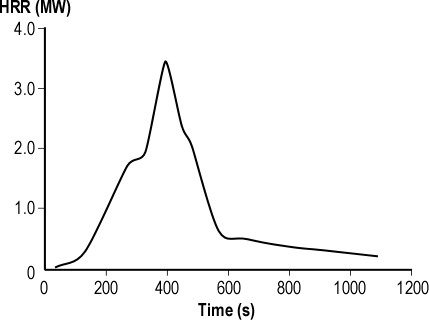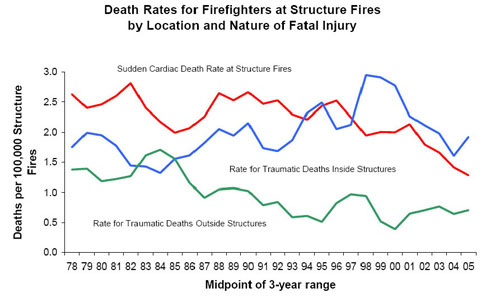A Community of Practice
Monday, April 27th, 2009Greetings from Australia
As I mentioned in an earlier post, I am in Sydney, Australia to participate in the Institution of Fire Engineers (IFE) Compartment Fire Behavior Special Interest Group (SIG) International Instructor’s Workshop and present at International Firefighting Safety Conference 2009 which is being held in Sydney and Perth, Australia. I am energized by the unique opportunity to be involved with these two events.
In 2008, Dr. Stefan Svensson of the Swedish Civil Contingencies Agency (formerly Raddningsverket or the Swedish Rescue Services Agency), had an idea to invite a number of instructors, fire officers, and researchers with an interest in compartment fires to Sweden. His purpose was to “see what would happen” if he put a dozen or so highly motivated, passionate, and generally opinionated fire service professionals from around the world who share a common interest in the same room for a couple of days. Stefan in an interesting guy, he is a fire protection engineer who conducts research on fire behavior and firefighting operations and teaches at the national Fire College in Revinge. However, he is also an part time firefighter and crew commander assigned to a fire station in a small village outside Malmo, Sweden.
I was fortunate enough to be one of those invited to Stefan’s experiment. Last spring we traveled to the Fire College in Revinge, Sweden and spent several days listening to presentations participating in a wide range of live fire training exercises and observing demonstrations of fire control techniques and training methods. Interestingly, we found that we had much in common (both personally and professionally) and all learned a great deal.
At the workshop we discussed how this collaborative effort could be continued. Shan Raffel from Queensland, Australia, suggested forming a SIG within the IFE as one way to help maintain momentum and provide an means to bring the range of fire service professionals engaged in research, study, and application of knowledge related to fire behavior. As a significan number of the group were IFE members, this semed like an excellent idea. At the time, Shan was the President of the Australia Branch of the IFE and served as the principle organizer and driving force behind accomplishing this task and bringing the group to Australia for our next meeting.
Working Collaboratively
I had an interesting dinner conversation with Stefan Svensson Saturday night. We were talking about the importance of our network, working together, and sharing knowledge. Neither scientists nor firefighters have a complete understanding of fire behavior; both have part, but not the entire picture. However, working together, we are more likely to be asking the right questions and gain an improved understanding.
Stefan shared that he had tried to figure out how many firefighters there are in the world. Likely this estimate was far from accurate, but the number is quite large. He observed that many firefighters do not collaborate with others outside their own agency (and in some cases even within their own agency). We puzzled over why this was the case. All of us are engaged in essentially the same types of work (at least in the firefighting domain), we use the same technology (water, hose, nozzles, tools, ladders), and share the same passion for our work. Why is it often so difficult for agencies and individuals to work across borders (local, national, or international)?
Over the last year, a number of the participants in the first international workshop have maintained contact and collaborated using e-mail and Skype (free voice over internet protocol voice and video phone). I am equally as likely to collaborate with colleagues in Sweden, Australia, the UK, Croatia, Canada, or Chile as those in neighboring jurisdictions. While it is great to travel, meet face to face and share information, today’s technology provides a great (and considerably less expensive) way to do so. For example, I had never met Shan and John McDonough when Paul Grimwood and I worked with them to write 3D Firefighting: Training, Techniques, & Tactics. We accomplished that task simply using e-mail. I think that with current technology (e.g., Skype) this would have been an easier task.
My next post will be following the conclusion of the International Fire Instructor’s Workshop and I will share our experiences and accomplishments. The challenge for you is to look for opportunities to share your knowledge, collaborate with and learn with others and develop a broader community of practice as a fire service professional!
Ed Hartin, MS, EFO, MIFireE, CFO





